About
Tekax means “There where the forest is”. The date of its foundation is unclear.
Among its colonial treasures is the imposing and majestic Exconvent and Parish of San Juan Bautista, which has more than 400 years of history. Another highlight is the Municipal Palace, which is the largest in Yucatán. Don't miss the Ermita de San Diego, the Chapel of San Francisco and the Chapel of the Eternal Father.
The traditional music of the municipality is the jarana, as well as the trova and boleros. Cradle of illustrious men, it has in Picardo Palmerin Pavia, the creator of the Yucatecan bambuco, who at the request of Felipe Carrillo Puerto, composed “Peregrina”, one of the most beautiful and popular songs of Mexico, in homage to the North American journalist Alma Reed.
Tekax de Álvaro Obregón has a colonial flavor that you can admire in its beautiful and impressive architecture. As you stroll through its streets, you will discover that it is surrounded by arcades and mansions of different architectural styles.
Must-sees
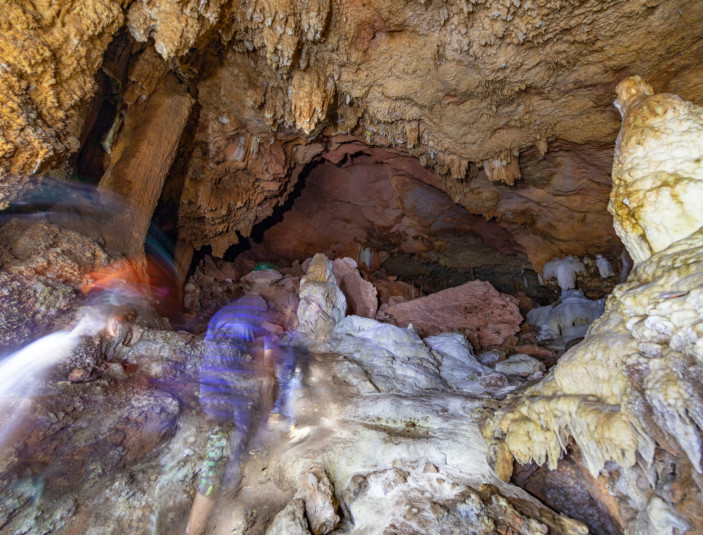 Shocking caves
Shocking cavesThe shocking caves
These caves are characterized by their cascades of calcium carbonate, their huge petrified curtains, their eccentric formations of stalactites, stalagmata or columns. The limestone helps the filtration of water, helping the formation of stalactites, but, even so, it takes approximately 100 years to form 1 to 2 cm. It has been inhabited during several epochs of history.
Las Sartenejas II Caves
These caves are characterized for being caverns where calcium carbonate formations are sheltered, better known as ix' mait grotto (has no bottom), Gruta de los murciélagos and the platanal. Where the guides share with us the history that is kept there, thanks to the investigations carried out.
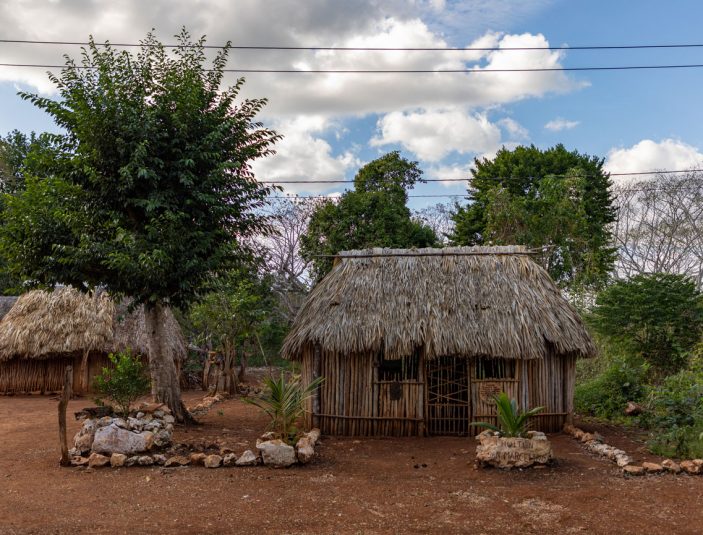 San Marcelino Mayan Village
San Marcelino Mayan VillageKaalmankal Ecotourism Park
It offers activities such as rappel, pendulum climbing, swinging on the top of the hill and also camping with tourists.
They have a cave near the area where they talk about the formations as they were created and about the history that is kept in it. They also perform Mayan ceremonies.
It is considered an attraction for the whole family, activities with a certain degree of adventure.
San Marcelino Mayan Village
It is a Mayan Village that preserves its culture and traditions, it is located on the outskirts of the municipality of Tekax, approximately 10 kilometers from the center of “La sultana de la sierra”.
This 100% family attraction offers a multi-sensory experience, based on the natural and cultural elements that live on in each inhabitant and in each sample of abundance of nature.
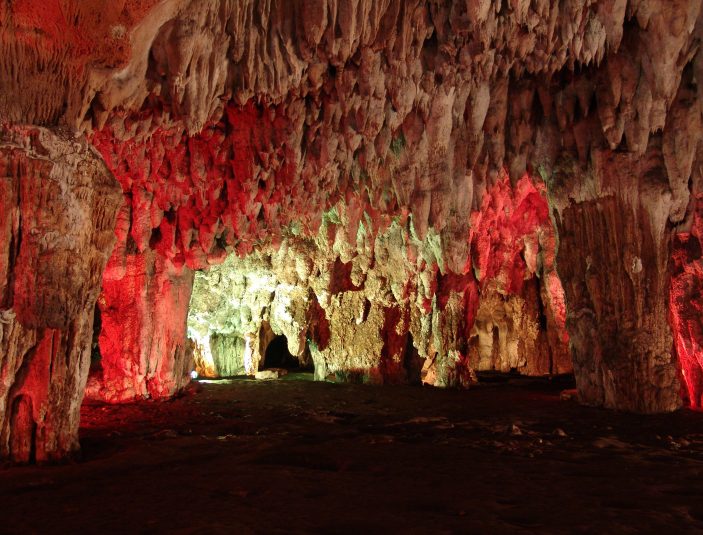 Loltun Caves
Loltun CavesSan Agustin Ecolodge
It is a place where their culture and traditions are preserved, it is located on the outskirts of the municipality of Tekax, approximately 45.9 km from the center of “the sultana de la sierra”. It offers tours in the community where you can observe some of the economic activities that take place in the town, such as the production of charcoal, furniture, handicrafts, etc.
Loltun Caves
These are the largest and best known of the cave system located in the southern part of Yucatan. They have been conditioned for a safe tour of approximately 1,000 meters in length inside through illuminated trails, where visitors can learn about the natural and cultural history.
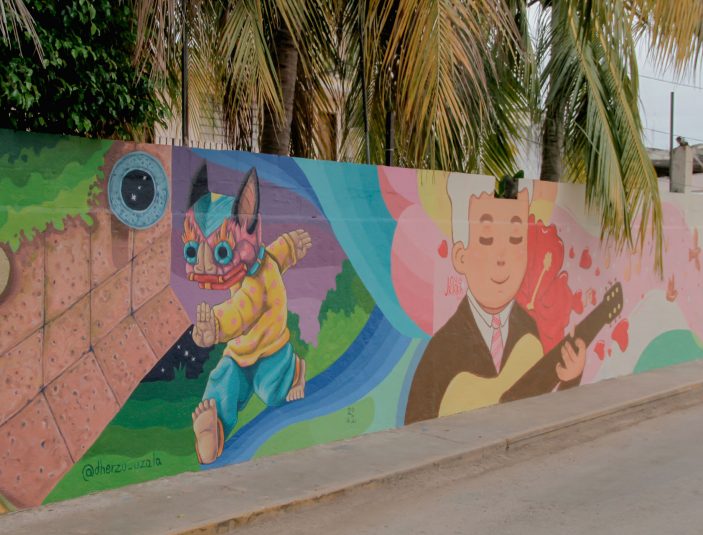 Mural Alley
Mural AlleyCelebration of life and death
A celebration that takes place on October 28th. It starts in an avenue of Ricardo Palmerin and concludes in the chulub of the hermitage where the altars are ready to compete, and then begins the contest of catrin and catrina.
Mural Alley
In a quiet pedestrian street you will find murals by 10 different Mexican artists, who are inspired by working with the community, telling stories, tales and legends of Tekax. From the traditional town festival with the “bajada de San Dieguito, the way koot, a tribute to the singer-songwriter Ricardo Palmerin, icon of the trova, the colors of Yucatan, the hands of the Tekaxeños, to the flora and fauna of the Yucatecan jungle.
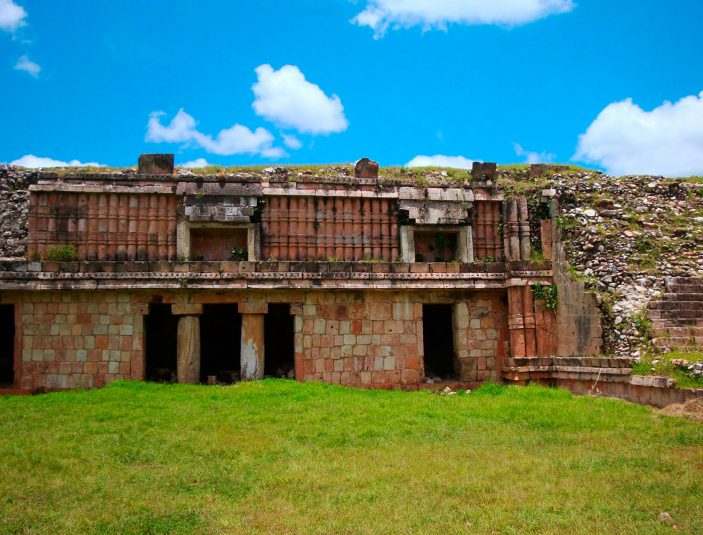 Chacmultún
ChacmultúnMunicipal Palace
It has an upper floor where you can find the Hall of Photographs where old images of Tekax are kept. On the outside is the balcony where you can see the Church, Park, House of the 3 floors, Hermitage and its imposing hill of the Puuc Route.
Chacmultún Archaeological Zone
The word Chacmultún means “mounds of red stone”, in allusion to the pink tone of the quarry used in the facades of the buildings. It is located in the Puuc region, whose architecture is characterized by the outstanding work in the ashlars that form the facades, the games of chiaroscuro of these and the use of stone mosaic for decoration.
The ancient city is integrated by four architectural groups called: Chacmultún, Cabalpak, Xethpol and Central.
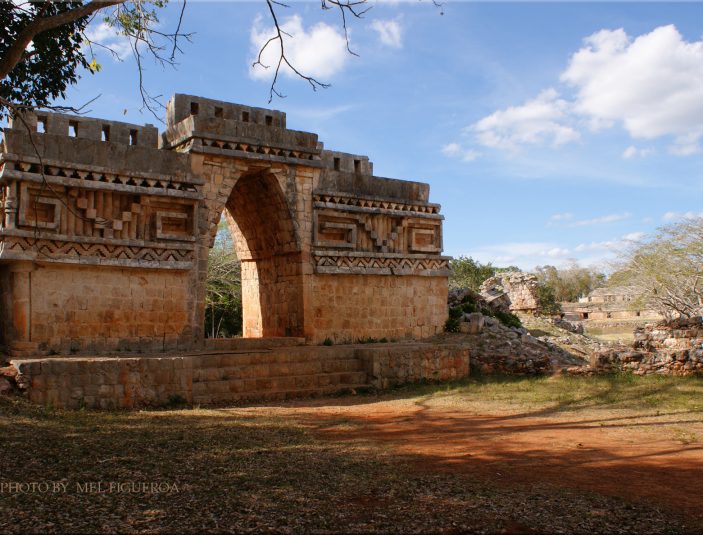 Labná
LabnáLabná Archaeological Zone
Small but important Mayan city, it reached its splendor between 600 and 900 A.D. Its name comes from “lab”, which means “old house”. This site is dominated by the early Puuc style architecture of the VIII century.
Hermitage of San Diego de Alcalá
It is considered the viewpoint of Tekax, where you can spend pleasant moments with friends and family.
House of the three floors
The house of the three floors or three high as it is popularly known is an ancient building representative of the most opulent period of the municipality due to the cultivation of sugar cane. It was built by the encomendero Francisco de Bracamonte y Valdivieso in 1559, by order of Don Francisco de Montejo el mozo, the only one of its kind in Yucatán.
 Main Square
Main SquareGastronomy
A gastronomic experience not to be missed when you visit this Pueblo Mágico is the ice cream or chaya water sold in the Main Park.
